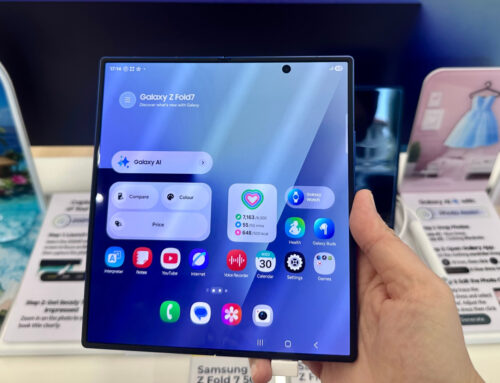NO ORDINARY VULNERABILITY —
“Triangulation” infected dozens of iPhones belonging to employees of Moscow-based Kaspersky.

Researchers on Wednesday presented intriguing new findings surrounding an attack that over four years backdoored dozens if not thousands of iPhones, many of which belonged to employees of Moscow-based security firm Kaspersky. Chief among the discoveries: the unknown attackers were able to achieve an unprecedented level of access by exploiting a vulnerability in an undocumented hardware feature that few if anyone outside of Apple and chip suppliers such as ARM Holdings knew of.
“The exploit’s sophistication and the feature’s obscurity suggest the attackers had advanced technical capabilities,” Kaspersky researcher Boris Larin wrote in an email. “Our analysis hasn’t revealed how they became aware of this feature, but we’re exploring all possibilities, including accidental disclosure in past firmware or source code releases. They may also have stumbled upon it through hardware reverse engineering.”
Four zero-days exploited for years
Other questions remain unanswered, wrote Larin, even after about 12 months of intensive investigation. Besides how the attackers learned of the hardware feature, the researchers still don’t know what, precisely, its purpose is. Also unknown is if the feature is a native part of the iPhone or enabled by a third-party hardware component such as ARM’s CoreSight
The mass backdooring campaign, which according to Russian officials also infected the iPhones of thousands of people working inside diplomatic missions and embassies in Russia, according to Russian government officials, came to light in June. Over a span of at least four years, Kaspersky said, the infections were delivered in iMessage texts that installed malware through a complex exploit chain without requiring the receiver to take any action.
With that, the devices were infected with full-featured spyware that, among other things, transmitted microphone recordings, photos, geolocation, and other sensitive data to attacker-controlled servers. Although infections didn’t survive a reboot, the unknown attackers kept their campaign alive simply by sending devices a new malicious iMessage text shortly after devices were restarted.
A fresh infusion of details disclosed Wednesday said that “Triangulation”—the name Kaspersky gave to both the malware and the campaign that installed it—exploited four critical zero-day vulnerabilities, meaning serious programming flaws that were known to the attackers before they were known to Apple. The company has since patched all four of the vulnerabilities, which are tracked as:
Besides affecting iPhones, these critical zero-days and the secret hardware function resided in Macs, iPods, iPads, Apple TVs, and Apple Watches. What’s more, the exploits Kaspersky recovered were intentionally developed to work on those devices as well. Apple has patched those platforms as well. Apple declined to comment for this article.
Detecting infections is extremely challenging, even for people with advanced forensic expertise. For those who want to try, a list of Internet addresses, files, and other indicators of compromise is here.
Mystery iPhone function proves pivotal to Triangulation’s success
The most intriguing new detail is the targeting of the heretofore-unknown hardware feature, which proved to be pivotal to the Operation Triangulation campaign. A zero-day in the feature allowed the attackers to bypass advanced hardware-based memory protections designed to safeguard device system integrity even after an attacker gained the ability to tamper with memory of the underlying kernel. On most other platforms, once attackers successfully exploit a kernel vulnerability they have full control of the compromised system.
On Apple devices equipped with these protections, such attackers are still unable to perform key post-exploitation techniques such as injecting malicious code into other processes, or modifying kernel code or sensitive kernel data. This powerful protection was bypassed by exploiting a vulnerability in the secret function. The protection, which has rarely been defeated in exploits found to date, is also present in Apple’s M1 and M2 CPUs.
Kaspersky researchers learned of the secret hardware function only after months of extensive reverse engineering of devices that had been infected with Triangulation. In the course, the researchers’ attention was drawn to what are known as hardware registers, which provide memory addresses for CPUs to interact with peripheral components such as USBs, memory controllers, and GPUs. MMIOs, short for Memory-mapped Input/Outputs, allow the CPU to write to the specific hardware register of a specific peripheral device.
The researchers found that several of MMIO addresses the attackers used to bypass the memory protections weren’t identified in any so-called device tree, a machine-readable description of a particular set of hardware that can be helpful to reverse engineers. Even after the researchers further scoured source codes, kernel images, and firmware, they were still unable to find any mention of the MMIO addresses.







